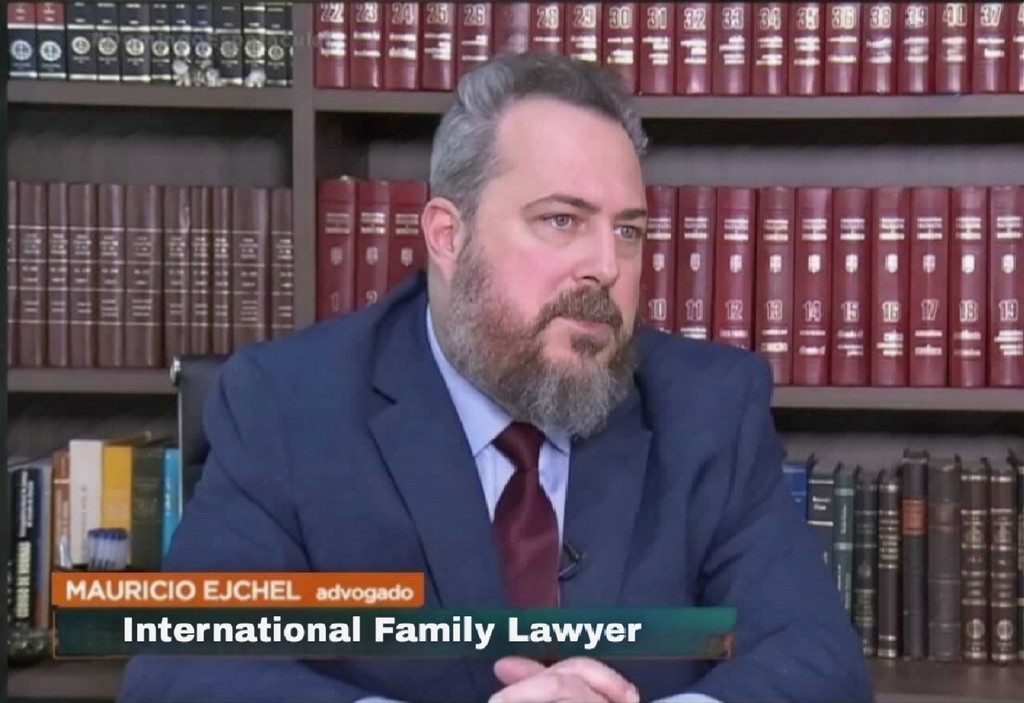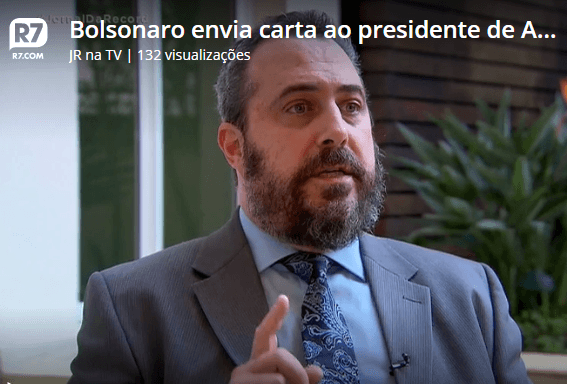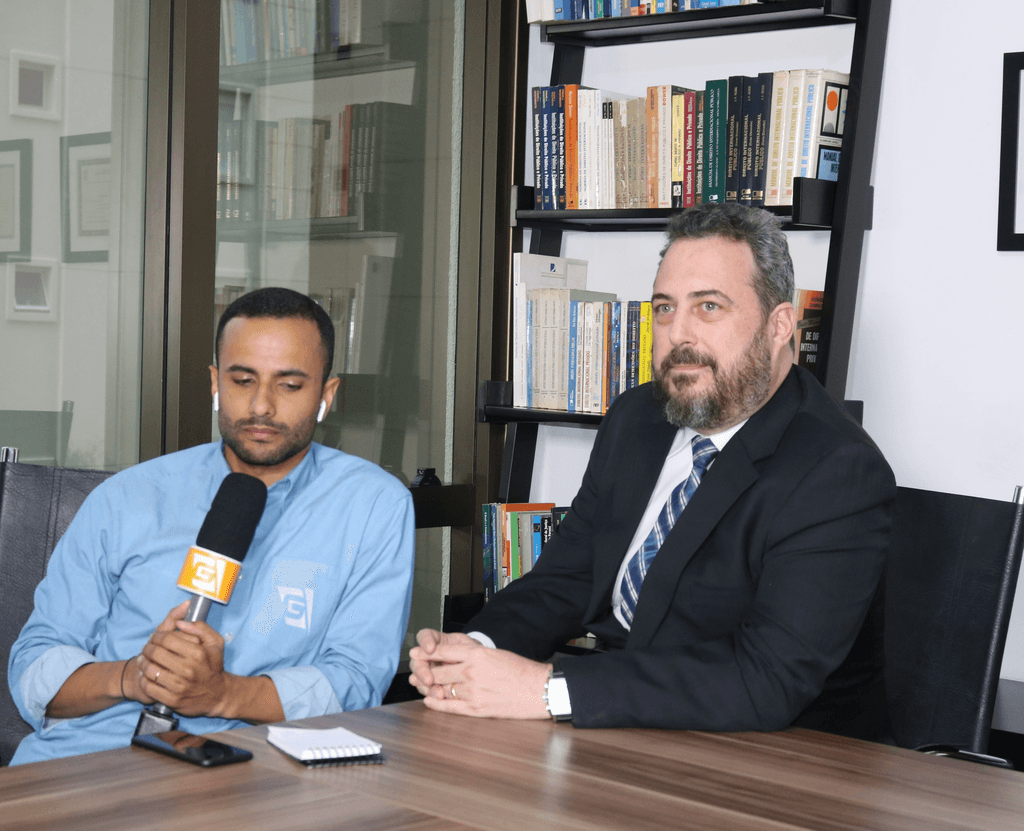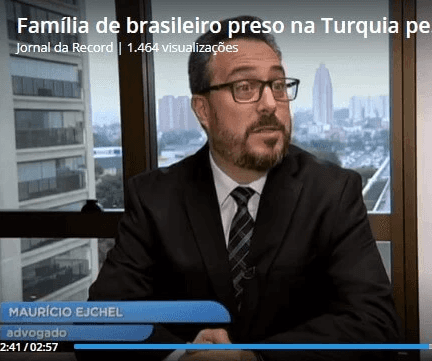Brazil´s New Era on Child Abduction
Brazil´s New Era on Child Abduction
Updates
Updates
×
7 de setembro de 2024
7 de setembro de 2024




The Resolution IN 449/2022, enacted by the Brazilian judiciary, marked a significant shift in the approach to international child abduction cases, aligning with the 1980 Hague Convention on International Child Abduction. (access the Resolution)
This normative instruction, effective from March 30, 2022, was a result of both global criticism, particularly from the 2024 US Annual Report on International Child Abduction, and a collaborative effort with the Hague Convention, incorporating their assessments and recommendations.
IN 449 symbolized Brazil’s dedication to reforming and standardizing its judicial processes to provide a more effective and expedient resolution of child abduction cases. (access the recent statistics- Article Mr. Jeremy Morley)
Historically, Brazil faced challenges in handling international child abduction cases, characterized by delays and inconsistencies. These procedural inefficiencies often led to prolonged legal battles, contravening the principle of prompt return under the Hague Convention. Extensive international scrutiny, especially from the United States and the intervention of the Hague Convention’s committees, catalyzed the need for substantial reforms within the Brazilian judicial system. (acces the complete correlate legislation)
IN 449 emerged as a response to this international criticism and collaboration. The Supreme Federal Court of Brazil, recognizing the need for an overhaul, introduced this resolution to address the inefficiencies and inconsistencies in the handling of child abduction cases. The resolution aimed to significantly reduce the processing time for these cases, emphasizing the rapid return of abducted children and establishing a uniform legal approach across Brazil.
A key element of IN 449 was the implementation of strict deadlines to streamline the judicial process. The resolution mandated mediation sessions to be held within 30 days of filing the case and required a response or decision within 15 days. It also stipulated the prompt analysis of any injunction for the immediate return of the child, facilitating a quicker resolution in urgent cases.
IN 449 introduced standardization in handling child abduction cases across Brazil, ensuring consistency and predictability in legal proceedings. The resolution stated the illegality of child abduction, aligning Brazil’s legal framework with international norms and reinforcing its commitment to the Hague Convention.
The law mandated comprehensive hearing procedures and detailed psychosocial evaluations of the child, mother, and father, ensuring a thorough consideration of all relevant aspects before reaching a decision. While acknowledging exceptions to the non-return rule, IN 449 clarified that these exceptions should not automatically override the primary legal rights of the parent seeking the child’s return, maintaining the focus on the child’s best interests.
By 2023, the implementation of IN 449 had led to a significant improvement in the resolution of child abduction cases in Brazil. A 15% increase in the number of children returned was reported, indicating the effectiveness of the resolution in expediting case resolutions and reinforcing the legal framework against child abduction.
IN 449 represented an important advancement in Brazil’s approach to international child abduction cases. It introduced a more efficient, standardized, and legally robust system, greatly enhancing the protection of children’s rights and ensuring compliance with international standards. This development not only benefited affected families but also enhanced Brazil’s standing in the international legal community, particularly in family law.
No more Sean Goldman´s cases!
Best regards,
Mauricio Ejchel
The Resolution IN 449/2022, enacted by the Brazilian judiciary, marked a significant shift in the approach to international child abduction cases, aligning with the 1980 Hague Convention on International Child Abduction. (access the Resolution)
This normative instruction, effective from March 30, 2022, was a result of both global criticism, particularly from the 2024 US Annual Report on International Child Abduction, and a collaborative effort with the Hague Convention, incorporating their assessments and recommendations.
IN 449 symbolized Brazil’s dedication to reforming and standardizing its judicial processes to provide a more effective and expedient resolution of child abduction cases. (access the recent statistics- Article Mr. Jeremy Morley)
Historically, Brazil faced challenges in handling international child abduction cases, characterized by delays and inconsistencies. These procedural inefficiencies often led to prolonged legal battles, contravening the principle of prompt return under the Hague Convention. Extensive international scrutiny, especially from the United States and the intervention of the Hague Convention’s committees, catalyzed the need for substantial reforms within the Brazilian judicial system. (acces the complete correlate legislation)
IN 449 emerged as a response to this international criticism and collaboration. The Supreme Federal Court of Brazil, recognizing the need for an overhaul, introduced this resolution to address the inefficiencies and inconsistencies in the handling of child abduction cases. The resolution aimed to significantly reduce the processing time for these cases, emphasizing the rapid return of abducted children and establishing a uniform legal approach across Brazil.
A key element of IN 449 was the implementation of strict deadlines to streamline the judicial process. The resolution mandated mediation sessions to be held within 30 days of filing the case and required a response or decision within 15 days. It also stipulated the prompt analysis of any injunction for the immediate return of the child, facilitating a quicker resolution in urgent cases.
IN 449 introduced standardization in handling child abduction cases across Brazil, ensuring consistency and predictability in legal proceedings. The resolution stated the illegality of child abduction, aligning Brazil’s legal framework with international norms and reinforcing its commitment to the Hague Convention.
The law mandated comprehensive hearing procedures and detailed psychosocial evaluations of the child, mother, and father, ensuring a thorough consideration of all relevant aspects before reaching a decision. While acknowledging exceptions to the non-return rule, IN 449 clarified that these exceptions should not automatically override the primary legal rights of the parent seeking the child’s return, maintaining the focus on the child’s best interests.
By 2023, the implementation of IN 449 had led to a significant improvement in the resolution of child abduction cases in Brazil. A 15% increase in the number of children returned was reported, indicating the effectiveness of the resolution in expediting case resolutions and reinforcing the legal framework against child abduction.
IN 449 represented an important advancement in Brazil’s approach to international child abduction cases. It introduced a more efficient, standardized, and legally robust system, greatly enhancing the protection of children’s rights and ensuring compliance with international standards. This development not only benefited affected families but also enhanced Brazil’s standing in the international legal community, particularly in family law.
No more Sean Goldman´s cases!
Best regards,
Mauricio Ejchel
The Resolution IN 449/2022, enacted by the Brazilian judiciary, marked a significant shift in the approach to international child abduction cases, aligning with the 1980 Hague Convention on International Child Abduction. (access the Resolution)
This normative instruction, effective from March 30, 2022, was a result of both global criticism, particularly from the 2024 US Annual Report on International Child Abduction, and a collaborative effort with the Hague Convention, incorporating their assessments and recommendations.
IN 449 symbolized Brazil’s dedication to reforming and standardizing its judicial processes to provide a more effective and expedient resolution of child abduction cases. (access the recent statistics- Article Mr. Jeremy Morley)
Historically, Brazil faced challenges in handling international child abduction cases, characterized by delays and inconsistencies. These procedural inefficiencies often led to prolonged legal battles, contravening the principle of prompt return under the Hague Convention. Extensive international scrutiny, especially from the United States and the intervention of the Hague Convention’s committees, catalyzed the need for substantial reforms within the Brazilian judicial system. (acces the complete correlate legislation)
IN 449 emerged as a response to this international criticism and collaboration. The Supreme Federal Court of Brazil, recognizing the need for an overhaul, introduced this resolution to address the inefficiencies and inconsistencies in the handling of child abduction cases. The resolution aimed to significantly reduce the processing time for these cases, emphasizing the rapid return of abducted children and establishing a uniform legal approach across Brazil.
A key element of IN 449 was the implementation of strict deadlines to streamline the judicial process. The resolution mandated mediation sessions to be held within 30 days of filing the case and required a response or decision within 15 days. It also stipulated the prompt analysis of any injunction for the immediate return of the child, facilitating a quicker resolution in urgent cases.
IN 449 introduced standardization in handling child abduction cases across Brazil, ensuring consistency and predictability in legal proceedings. The resolution stated the illegality of child abduction, aligning Brazil’s legal framework with international norms and reinforcing its commitment to the Hague Convention.
The law mandated comprehensive hearing procedures and detailed psychosocial evaluations of the child, mother, and father, ensuring a thorough consideration of all relevant aspects before reaching a decision. While acknowledging exceptions to the non-return rule, IN 449 clarified that these exceptions should not automatically override the primary legal rights of the parent seeking the child’s return, maintaining the focus on the child’s best interests.
By 2023, the implementation of IN 449 had led to a significant improvement in the resolution of child abduction cases in Brazil. A 15% increase in the number of children returned was reported, indicating the effectiveness of the resolution in expediting case resolutions and reinforcing the legal framework against child abduction.
IN 449 represented an important advancement in Brazil’s approach to international child abduction cases. It introduced a more efficient, standardized, and legally robust system, greatly enhancing the protection of children’s rights and ensuring compliance with international standards. This development not only benefited affected families but also enhanced Brazil’s standing in the international legal community, particularly in family law.
No more Sean Goldman´s cases!
Best regards,
Mauricio Ejchel
The Resolution IN 449/2022, enacted by the Brazilian judiciary, marked a significant shift in the approach to international child abduction cases, aligning with the 1980 Hague Convention on International Child Abduction. (access the Resolution)
This normative instruction, effective from March 30, 2022, was a result of both global criticism, particularly from the 2024 US Annual Report on International Child Abduction, and a collaborative effort with the Hague Convention, incorporating their assessments and recommendations.
IN 449 symbolized Brazil’s dedication to reforming and standardizing its judicial processes to provide a more effective and expedient resolution of child abduction cases. (access the recent statistics- Article Mr. Jeremy Morley)
Historically, Brazil faced challenges in handling international child abduction cases, characterized by delays and inconsistencies. These procedural inefficiencies often led to prolonged legal battles, contravening the principle of prompt return under the Hague Convention. Extensive international scrutiny, especially from the United States and the intervention of the Hague Convention’s committees, catalyzed the need for substantial reforms within the Brazilian judicial system. (acces the complete correlate legislation)
IN 449 emerged as a response to this international criticism and collaboration. The Supreme Federal Court of Brazil, recognizing the need for an overhaul, introduced this resolution to address the inefficiencies and inconsistencies in the handling of child abduction cases. The resolution aimed to significantly reduce the processing time for these cases, emphasizing the rapid return of abducted children and establishing a uniform legal approach across Brazil.
A key element of IN 449 was the implementation of strict deadlines to streamline the judicial process. The resolution mandated mediation sessions to be held within 30 days of filing the case and required a response or decision within 15 days. It also stipulated the prompt analysis of any injunction for the immediate return of the child, facilitating a quicker resolution in urgent cases.
IN 449 introduced standardization in handling child abduction cases across Brazil, ensuring consistency and predictability in legal proceedings. The resolution stated the illegality of child abduction, aligning Brazil’s legal framework with international norms and reinforcing its commitment to the Hague Convention.
The law mandated comprehensive hearing procedures and detailed psychosocial evaluations of the child, mother, and father, ensuring a thorough consideration of all relevant aspects before reaching a decision. While acknowledging exceptions to the non-return rule, IN 449 clarified that these exceptions should not automatically override the primary legal rights of the parent seeking the child’s return, maintaining the focus on the child’s best interests.
By 2023, the implementation of IN 449 had led to a significant improvement in the resolution of child abduction cases in Brazil. A 15% increase in the number of children returned was reported, indicating the effectiveness of the resolution in expediting case resolutions and reinforcing the legal framework against child abduction.
IN 449 represented an important advancement in Brazil’s approach to international child abduction cases. It introduced a more efficient, standardized, and legally robust system, greatly enhancing the protection of children’s rights and ensuring compliance with international standards. This development not only benefited affected families but also enhanced Brazil’s standing in the international legal community, particularly in family law.
No more Sean Goldman´s cases!
Best regards,
Mauricio Ejchel
Veja também

Father´s Rights in International Law
Updates
×
1 de nov. de 2024

Father´s Rights in International Law
Updates
×
1 de nov. de 2024

Father´s Rights in International Law
Updates
×
1 de nov. de 2024

How to Retain a Lawyer in Brazil
Updates
×
8 de abr. de 2024

How to Retain a Lawyer in Brazil
Updates
×
8 de abr. de 2024

How to Retain a Lawyer in Brazil
Updates
×
8 de abr. de 2024

Hague Child Abduction in Brazil
Updates
×
25 de nov. de 2023

Hague Child Abduction in Brazil
Updates
×
25 de nov. de 2023

Hague Child Abduction in Brazil
Updates
×
25 de nov. de 2023

Brazilian Law Manual
Updates
×
25 de out. de 2023

Brazilian Law Manual
Updates
×
25 de out. de 2023

Brazilian Law Manual
Updates
×
25 de out. de 2023

Father´s Rights in International Law
Updates
×
1 de nov. de 2024

How to Retain a Lawyer in Brazil
Updates
×
8 de abr. de 2024

Hague Child Abduction in Brazil
Updates
×
25 de nov. de 2023
Visite o Blog
Visite o Blog
MF. Ejchel International Advocacy. 1996
MF. Ejchel International
Advocacy
1996
MF. Ejchel International Advocacy.
1996
MF. Ejchel International Advocacy. 1996








